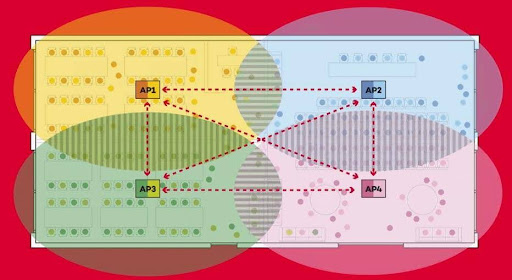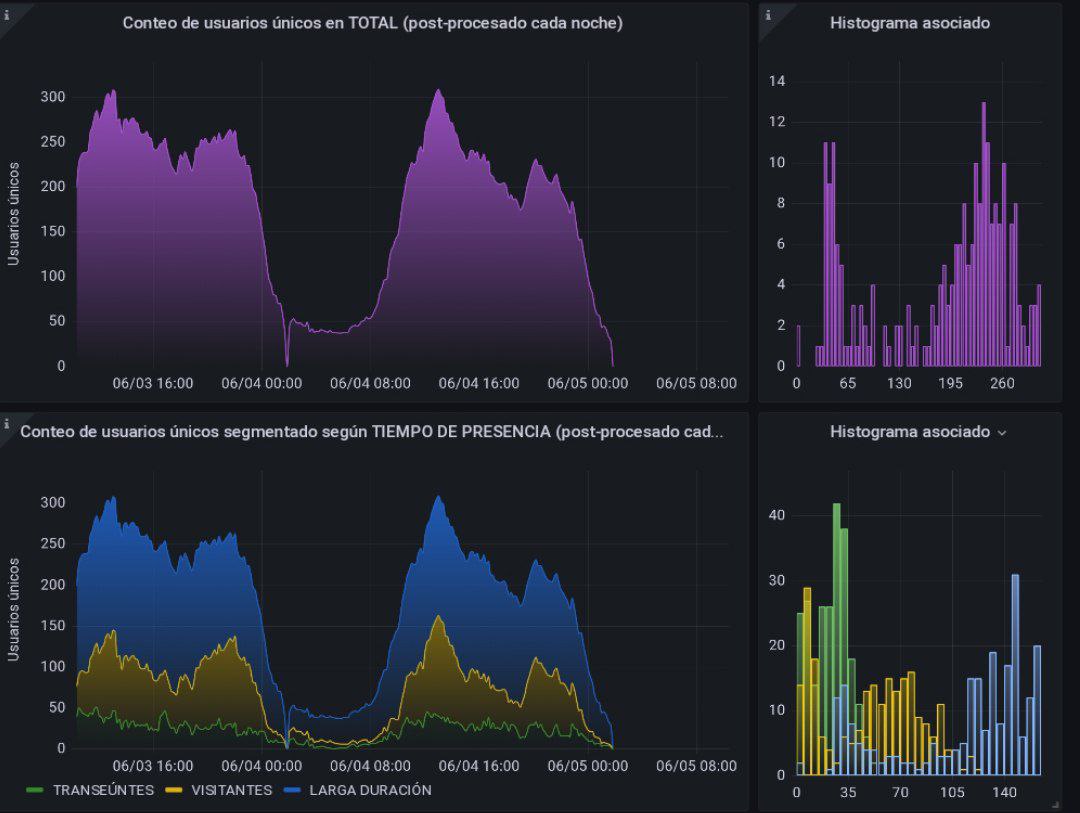The landscape of Wi-Fi connectivity continues to evolve rapidly, driven by technological innovations and a greater focus on efficiency and sustainability.
In 2025, Wi-Fi will continue to play a crucial role in societal growth, enhancing quality of life and enabling new applications in key sectors. Here are the main trends that will shape the future of this technology.
1. The economic impact of Wi-Fi skyrockets
The economic impact of Wi-Fi is projected to reach nearly 5 trillion dollars by 2025, according to a study by the Wi-Fi Alliance. This growth reflects the massive adoption of Wi-Fi-enabled devices and its crucial role in the digitalization of sectors such as education, healthcare, and transportation.
For example, hospitals are using advanced Wi-Fi networks to integrate medical devices that enable remote monitoring and tracking of patients, reducing costs and improving clinical outcomes.
In the education sector, Wi-Fi enables equitable access to digital resources, especially in rural areas. Investment in Wi-Fi infrastructure has allowed students and teachers to connect to online learning platforms, bridging the digital divide.
2. Artificial intelligence in Wi-Fi networks

AI-based optimization tools, such as Galgus’, enable efficient resource allocation, proactive fault detection, and data traffic optimization.
According to the WBA, these solutions significantly enhance the user experience while reducing operational costs. This is especially important in situations with high connection density.
In business environments, AI is being used to monitor networks in real-time, anticipating issues before they affect users. This is especially important in critical applications, such as advanced manufacturing, where connection outages can cause significant losses.
3. Wi-Fi Presence & Location Analytics: Data for Smart Environments

The use of Wi-Fi for presence and location analytics continues to gain relevance in 2025, transforming how businesses and organizations use data to make strategic decisions.
Galgus’ technology enables tracking of connected and non-connected devices on Wi-Fi networks to generate valuable insights about mobility patterns, dwell times, and user behaviors in physical spaces.
In sectors such as retail, this trend is revolutionizing the customer experience by providing data that allows for optimizing store layouts, personalizing real-time offers, and improving inventory management. For example, large chains are implementing Wi-Fi Analytics systems to identify high-traffic areas and adjust their marketing strategies accordingly.
In the realm of smart cities, Wi-Fi Presence & Location Analytics is key to efficiently managing public transportation, identifying congestion points, and improving urban planning and public safety.
Airports, shopping malls, and many other settings are also leveraging this technology to enhance the user experience, from indoor navigation to reducing waiting times.
4. Convergence of Wi-Fi and 5G: Stronger networks

The integration of Wi-Fi and 5G will continue to progress in 2025. This convergence will enable seamless transitions between networks, ensuring reliable, low-latency connectivity. According to the Juniper Research report, Wi-Fi will be especially critical for indoor environments, where it complements 5G coverage and maximizes network capacity.
At Galgus, we embrace this trend through our Galgus Connect solution, which transforms our access points into 5G/4G cells, ensuring no loss of coverage or service quality while reducing costs and generating additional revenue.
5. Privacy and Security in Wi-Fi Networks
With the increase in connected devices, security is more critical than ever. In 2025, a greater adoption of advanced protocols such as WPA3 and identity management solutions is expected to protect users and devices. Additionally, AI will be used to detect and mitigate threats more effectively.
A key aspect is the implementation of secure networks in IoT applications. According to Juniper Research, Wi-Fi 7’s ability to handle high device densities and ultra-low latencies makes it an ideal choice for critical environments.
6. The new Wi-Fi 7 standard will continue to be adopted
Wi-Fi 7 is set to transform the connectivity landscape. According to the Wireless Broadband Alliance (WBA) report, Wi-Fi 7 adoption will become widespread in 2025, bringing significant improvements in speed, latency, and device-handling capacity in high-density environments.
This technology will benefit from the simultaneous use of the 2.4 GHz, 5 GHz, and 6 GHz bands, enabling more stable and efficient connections. Applications such as industrial automation, augmented reality (AR), and real-time gaming will be catalyzed by these innovations.
A notable example of Wi-Fi 7 usage is its ability to manage multiple connections through Multi-Link Operation (MLO), which ensures seamless transitions between bands, reduces latency in IoT devices, and increases network stability.
7. Sustainability in Wi-Fi networks

Wi-Fi not only drives connectivity but also sustainability. The implementation of energy-efficient solutions and the use of the 6 GHz band help reduce the environmental impact of networks.
In 2025, advancements in hardware, such as access points with lower energy consumption, are also expected to contribute to network sustainability. This will not only benefit the environment but also reduce operational costs for service providers.
In summary, the year 2025 will mark a milestone in the evolution of Wi-Fi. With advancements in standards, integration with 5G, the use of AI, and significant economic impact, Wi-Fi will not only continue transforming industries but also improve quality of life worldwide.
Following these trends will be key to maximizing their potential in the coming years, and at Galgus, we are doing so to provide our clients and partners with the best options for their projects.
Something we demonstrate with our proprietary CHT (Cognitive Hotspot Technology), which leverages AI to optimize network performance, make them more secure and cost-effective; our presence and analytics solution, offering unmatched precision in the market; and Galgus Connect for Wi-Fi/5G convergence.
Would you like to know how we can apply these solutions to your environment? Contact us and let’s discuss it in depth.









